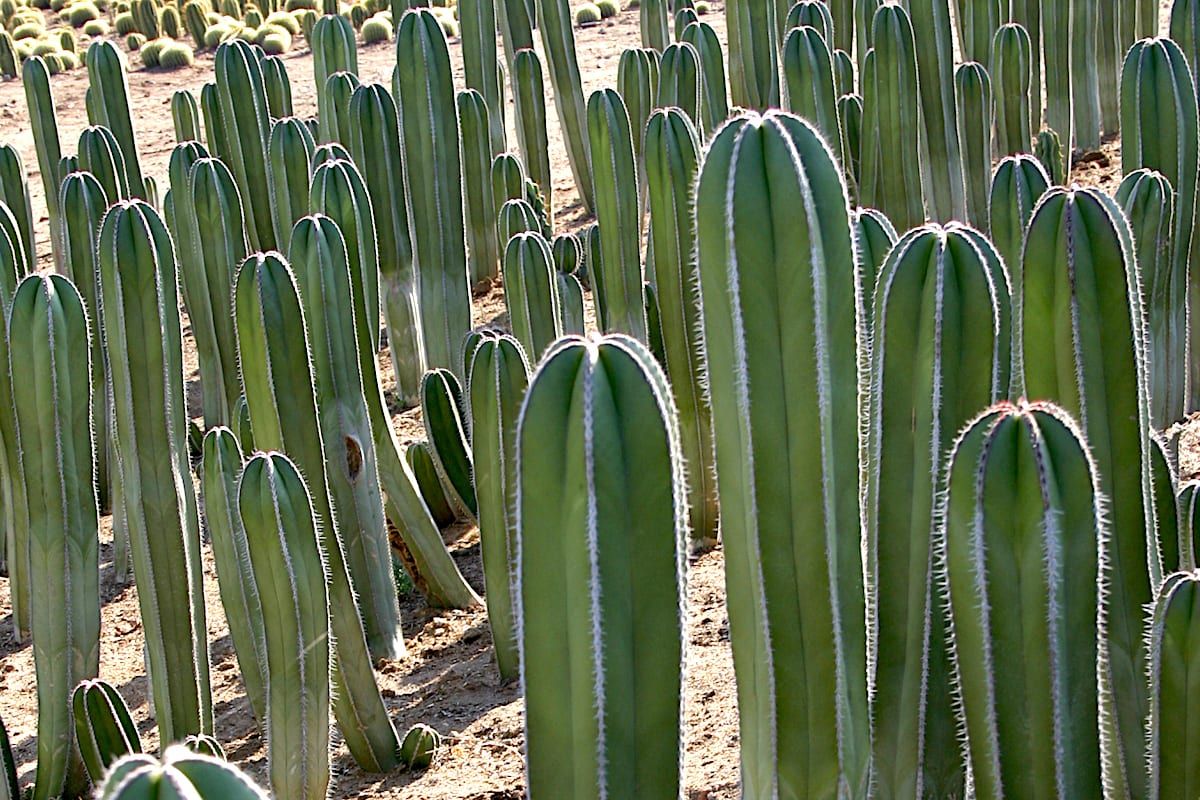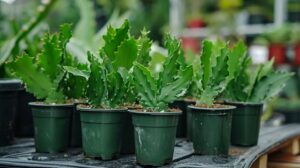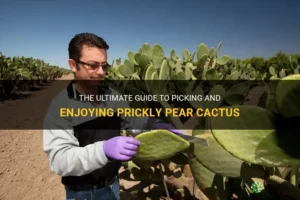When you think of cactus, what comes to mind? Perhaps the towering saguaros of the Sonoran Desert or the diminutive Christmas cacti found in homes during the holidays. Cacti, with their astounding variety and unique adaptations, can be a source of both fascination and confusion. With so many varieties, how does one accurately identify different types of cacti? Let’s embark on a visual journey to explore the diverse array of cactus species, showcasing some remarkable characteristics that will assist in their identification.
As we delve into this living gallery, be prepared for a playful challenge. Can you identify the cactus in your neighborhood or garden? With a little guidance, you just might surprise yourself with what you discover. This guide will introduce some common varieties, their distinctive features, and of course, stunning images to help solidify your identification skills.
Understanding cactus morphology: What to look for
Before diving into the specific types of cacti, it’s essential to understand the key morphological features that are significant for identification. Cacti exhibit an extraordinary range of sizes, shapes, and patterns, all contributing to their adaptability in arid climates.
Spines and Glochids
Many cacti are characterized by their spines, which provide protection against herbivores and reduce water loss. Spines can be finely hair-like or robust, clustered or solitary, and can vary in color from white to red to yellow. Glochids, tiny barbed bristles, often accompany larger spines and can be found on some cacti like the Opuntia, commonly known as the prickly pear.
Stem Structure
Cacti primarily store water in their stems, which can be cylindrical, spherical, or flattened. This structural diversity is a critical factor in their survival. Some cacti, like the saguaro (Carnegiea gigantea), develop prominent ribbing that allows for expansion during wet periods, while others, such as the barrel cactus (Ferocactus), feature a round shape that minimizes surface area to reduce evaporation.
Flowers and Fruits
The flowering characteristics of cacti are not just for aesthetic pleasure; they serve as vital indicators for identification. Cactus flowers can be visually stunning, ranging in color from vibrant reds to soft pastels. Notably, different species bloom at distinct times of the year, with some only opening in the cooler hours of the night. The resultant fruits, rich in nutrients, also vary significantly in shape and flavor. These elements together contribute crucial clues to a cactus’s identity.
The magnificent variety of cacti
Having explored the foundational aspects of cactus identification, let’s venture into the intricate world of specific cactus types, highlighting prominent representatives within their respective categories. This section focuses on a few standout varieties that epitomize the diversity found within this unique plant family.
Saguaro: The Icon of the Desert
The saguaro cactus is perhaps the most recognizable of all cacti, boasting an impressive height of up to 40 feet and living for over 150 years. Native to the Sonoran Desert, the saguaro is characterized by its tall, ribbed body and prominent arms that extend outward, giving it a distinctive silhouette against the desert landscape. Its white flowers bloom in late spring, adding a contrast to the green, fleshy stem.
This cactus serves as a crucial habitat for wildlife, providing nourishment and shelter for numerous desert creatures, making it an ecological keystone.
Barrel Cactus: Nature’s Water Reservoir
Barrel cacti, often found in southwestern deserts, are renowned for their stout, cylindrical shape and ribbed structure. They can range from a foot to several feet in height. The Echinocactus genus is especially well-known for its bright yellow flowers that crown the cactus during the blooming season. These plants can store copious amounts of water, enabling them to survive dry spells. Their spherical form minimizes surface area, a remarkable adaptation in extreme conditions.
Prickly Pear: A Culinary Delight
The Opuntia, or prickly pear, captivates with its flat, paddle-shaped pads and colorful fruits known as “tunas.” This variety often showcases vibrant blossoms in hues of yellow, pink, or orange that attract pollinators. Beyond the garden, prickly pear pads and fruits are edible and hold significant cultural relevance in various cuisines. The tiny glochids can pose a challenge for handling, making proper identification essential when foraging.
Mastering cactus identification: Tips and tricks
To become adept at identifying cacti, one must hone observational skills and familiarize oneself with notable features and characteristics. Here-in, a few valuable tips to enhance your identification journey.
Utilize Field Guides and Mobile Apps
Investing in a well-illustrated field guide can be invaluable. Alternatively, several mobile applications now provide interactive features that allow users to photograph and compare cacti with extensive databases, making identification easier and more accurate.
Take Note of the Environment
Observing the habitat may provide crucial context for identification. Some cactus species are adapted to specific substrates, while others might thrive in rocky areas or sandy soils. Understanding the environmental conditions can narrow down potential species.
Join Local Cactus Enthusiast Groups
Connecting with local gardening clubs or online forums dedicated to cactus enthusiasts can foster knowledge share and provide practical insights. Members often have firsthand experience identifying species endemic to your region and can offer helpful tips on growing or caring for these resilient plants.
In conclusion, identifying various cactus species can be both an enjoyable and educational pursuit. By applying the morphological features, exploring notable varieties, and employing strategic observation methods, one can build a robust skill set in recognizing these magnificent plants. Whether for gardening purposes or simple appreciation of their beauty, the world of cacti awaits your exploration!





Leave a Comment